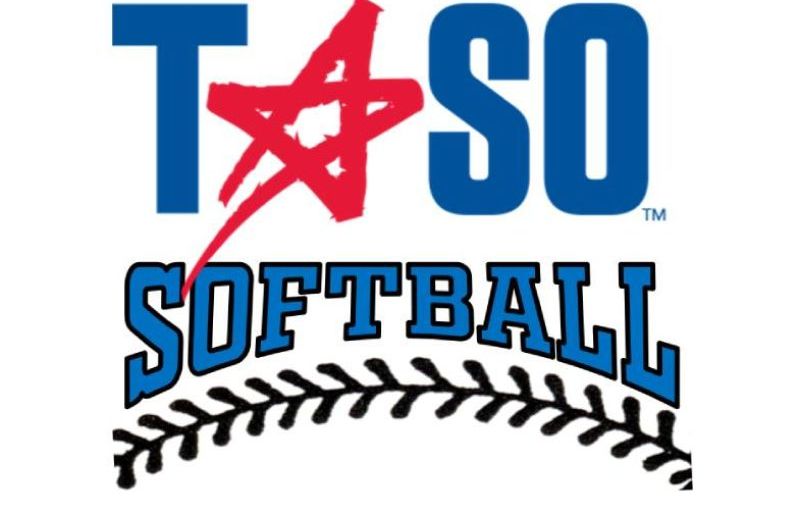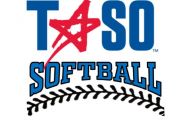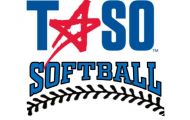
04-14-2025 NFHS WEEKLY RULES INTERPRETATIONS
2025 NFHS Softball Rule Interpretations April 14
April 14, 2025
NFHS Softball Weekly Rule Interpretations
Situation 1: Team A is batting with R1 on first base and no outs, B2 hits a ground ball up the middle. F6 makes a diving play on the ball near second base but on the third base side of the base. The ball bounces off their outstretched glove and F4 who was moving toward second base for the possible play at second base dives back toward first base to attempt to gain control of the ball and R1 who is sliding into second base makes contact with F4 before F4 secures the ball. The umpire rules this obstruction by F4 as they were not making the initial play on the batted ball and did not have possession of the ball when they impeded R1’s progress. Team B’s coach argues that they were fielding a batted ball, and the correct call should be interference on R1. RULING: Correct ruling by the umpire. F6 made the initial play on the batted ball, if F6 was still attempting to gain control of the batted ball within a step and a reach of the spot of initial contact they would still be considered making an initial play on the batted ball. However, since F6 is no longer attempting to field the batted ball and they deflected the ball, F4 is not considered to be making an initial play on a batted ball. In this case since F4 was not making the initial play on a batted ball and they impeded the runner without possession of the ball they are guilty of obstruction. Also, since the ball was deflected R1 would have to intentionally contact the ball or intentionally interfere with the fielder to be guilty of interference. (2‑35, 2‑46‑3c, 8‑4‑3b, 8‑6‑10d, 8‑6‑12)
Situation 2: In a continuation of Situation 1, after the umpire signaled obstruction, R1 is standing on second base and B2 is on first base as F4 tosses the ball to F1. Prior to F1 entering the circle R1 is confused and leaves second base heading toward the first base dugout thinking they were ruled out on the play. As R1 is a few steps toward first base F1 now enters the circle and the coaches tell R1 to get back on the base, so R1 stops and returns to second base. F1 never made a play on either runner and B2 remained on first base during this time. Team B’s coach asks if R1 violated the look‑back rule. RULING: Since the runner left the base prior to the look‑back rule going into effect (F1 was not within the pitcher’s circle) they still have the ability to stop once then immediately return or advance to the next base. R1 only stopped once when the look‑back rule was in effect and then advanced back to second base, they did not violate the look‑back rule. (8‑7 Articles 1‑3)
Situation 3: In the third inning Team A is batting and B1 squares to bunt. As the pitch comes in it hits B1 in the chest completely in the batter’s box. The umpire rules that B1 was no longer attempting to bunt when they were hit and B1 is awarded first base. RULING: Correct ruling as described. Any time a batter is hit with a pitched ball the ball becomes dead. There are then three options for the result of the play.
1) If any of the following occur the ball is dead and the batter is charged with a strike, if it is strike three the batter is out. If the batter:
a. Swings at the pitch.
b. Attempts to bunt the pitch.
c. Is hit with a pitch that is in the strike zone or their actions prevent the ball from entering the strike zone.
2) If none of the items listed above occur and the pitch is completely within the batter’s box the ball is dead and the batter is awarded first base. They are not required to attempt to avoid being hit, but they may not make an obvious attempt to get hit by the pitch.
3) If none of the items in the first option occur and the ball is not entirely within the batter’s box and the batter made an attempt to avoid being hit, they are awarded first base. If no attempt is made to avoid being hit, the batter is awarded a ball and remains at bat unless it is ball four.
As soon as the batter is hit by a pitched ball the umpire should rule a dead ball. Then the umpire must judge which of the three options listed apply to the situation and enforce the proper penalty/effect to the play. (2‑8‑2, 7‑2‑1 g & h, 8‑1‑2 b & c)
It should also be noted that the batter’s hands are NOT to be considered part of the bat; they are a part of the batter’s body and are enforced the same as if it hit any other part of the batter. If the batter is hit on the hands while any of the items listed in option 1 are true it would be a dead ball strike. If they are hit on the hands and none of the items in option 1 are true, then either option 2 or 3 would be applied to the situation. Lastly, this is true when the pitched ball hits the batter’s hands or any part of their body first. If the ball hits the batter’s hands or body and then the bat it is a possibly hit by pitch situation and this same line of consideration should be used to determine the proper outcome of the play. However, if the ball hits the bat first and then the batter’s hands, or any part of the batter while still in the batter’s box the result of the play is a dead ball, foul ball. (2‑24‑1f)


